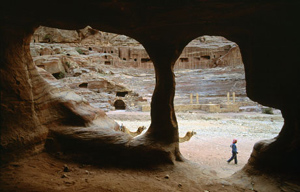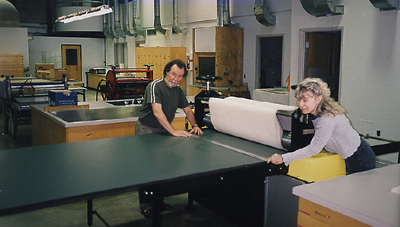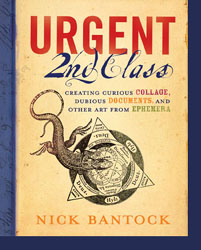CARFAC’s fall newsletter
I have written before about CARFAC (Canadian Artists Representation/Le Front des Artistes Canadiens) and how it supports Canadian artists.
Their latest Summer/Fall 2004 newsletter has a very thought provoking article written by Pat Durr, the National Representative. She makes some comparisons between the support systems for artists in the US and Canada. I would be extremely interested in receiving comments on this from my US readers, as well as Canadians and others.
From the National Spokesperson
As many of you may know, I have spent quite a bit of time travelling during the past year – some for pleasure, some for duty, some for art. Just recently, I have returned from the United States. Artists there have found themselves under siege in various ways both economically and politically. For example, look at the recent arrest and indictment of Steve Kurtz**, a member of the Critical Art Ensemble, who was arrested under the Patriot Act on suspicion of terrorism, when police saw his home lab where he was developing an art piece for exhibition at the Massachusetts Museum of Contemporary Art this year.
Through the artists I have met in the United States, I have been struck by how very similar the economic climate for many of them is and yet how different the solutions are. American artists who are not famous are often even less well off than Canadian ones. Artists there who exhibit in artist-run spaces or even in well recognized public galleries do not automatically receive an exhibition fee. They may individually negotiate some sort of compensation, but there is nothing in the law that supports their right to be paid for the use of their work. Sometimes they trade the installation and the exhibition of their artwork for a bed.
There is no Canada Council which funds artist-run spaces and artist-run organizations such as CARFAC. Artist-run spaces tend to have short lives, popping up for awhile, supported by ingenuity and the sweat of the brows of a few dedicated individuals, and then disappearing. Public galleries rarely have artists on their Boards and often do not have any interest in serving their artist community. There are many other differences, both good and bad, just as there are many similarities, which I do not have the space here to explore. The point I want to make is that artists in Canada have developed some very important vehicles for the support of the visual arts, among them CARFAC, strong, longlived artist-run spaces, and the Canada Council. These are perilous times; we cannot afford to take our successes for granted. Everyone needs to take an interest and to be sure that our institutions can continue to work for us and the betterment of the arts community.
Continue reading on page 13 of the Calendar (.pdf).
(** Also read “No Urban Myth for Kurtz” on page 6. Carfac urges support and to consider implications for Canadian artists under Canada’s Anti-terrorism Act.)



